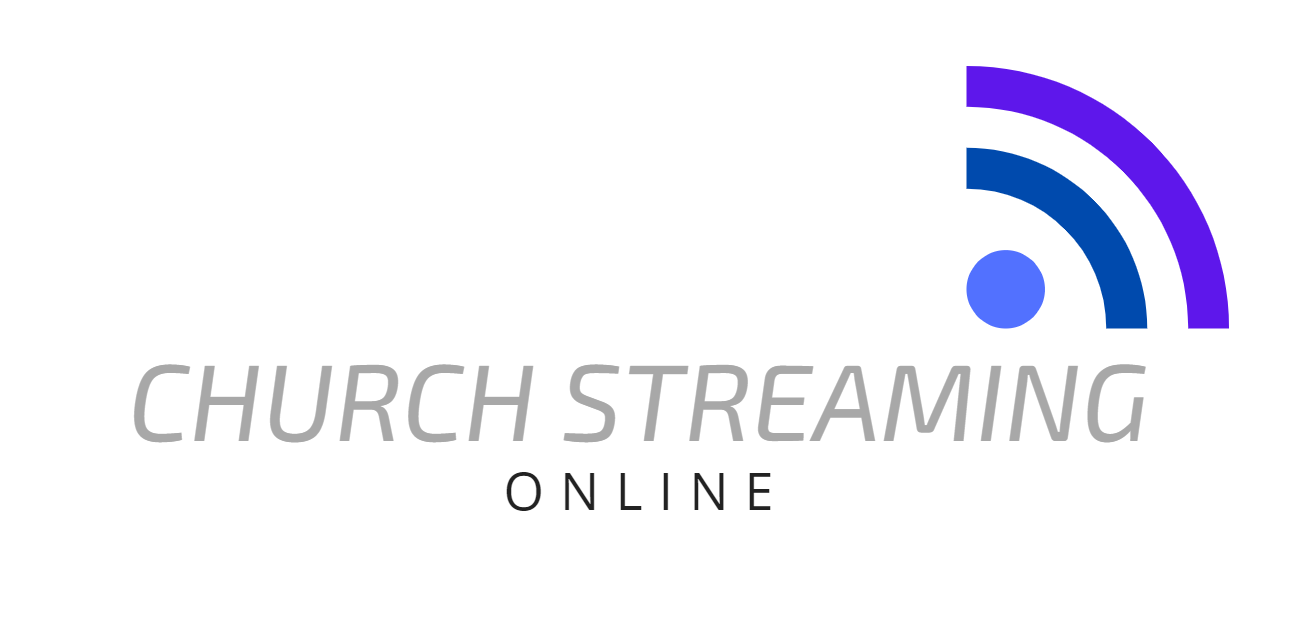We are living in a unique point in time. The coronavirus has brought countries all over the world to a stand still. Government restrictions mean that churches can no longer gather in person. How do we stay connected? How do we keep a sense of corporate community? Pastors and church technicians everywhere are scrambling to find what will work best for them. Thankfully we live in a time where technological connectivity is amazingly high. This gives us a unique opportunity to expand our reach to those that may not normally hear the message a time where people may be more open to the message.
*NB* Before I go into the platforms it’s important to know that every church is different, every country is different. What works well for one church will not work well for another. The solutions here are not prescriptive or complete.
- Pray about it! As much as it is important to look at the latest technology the most important thing is to follow the God’s leading on how he wants to use this unique time to build up and empower His church.
- Determine what meetings you need to have. The nature of the meeting will determine what technology solution will be ideal. For example a short devotion could be recorded with just a phone. Once you’ve understood the type of meetings you can move on to picking out which platform supports the meeting need the best.
- Platforms. While we are blessed with so many platforms and options to choose from it can be overwhelming to being to research and understand what each one offers. If you’re at that point, please reach out for help! As mentioned above there are a number of platforms out there and the right platform for the meeting is based on what type of meeting.
- Facebook Live
- Youtube (you have to wait 24 hours after activating before you can stream)
- LiveStream
- Twitch
- Churchstreamlive.tv
- Zoom
- Webex
- GoToMeeting
- Whats App
- and more
- Cost. What is this going to cost me? The great news is that there is likely a free or low cost option to getting streaming going for you and your church. Some platforms like churchstreaming.tv are waiving their fees for a limited time due to COVID-19.
- Equipment. Wherever possible it is beneficial to use what you already have. Thankfully most churches and even pastors at home have all the components needed to get an online meeting or service stream up and running. Here is the list
- Camera
- Ideally this is an external camera which can be connected by a cable to the computer. The next best option qualitywise for most people would be the camera on the phone but if it’s not held stably may not be the best option. Most laptops made recently have built-in cameras.
- Laptop
- Most reasonably powered laptops can handle a stream. If your laptop was manufactured within the last 5 years you’re likely set for simple streams.
- Stable fast internet connection
- This one is key especially for the live streams. When connections are not fast enough the video and audio can get very choppy and disrupt the meeting or service. If you can use a wired connection that is your best bet to have.
- For streaming Upload speed (the amount of data you can send at one time) is the most important. You can do it with lower but for the best experience atleast 10mbps is recommended for any live service streaming.
- External mic (optional but recommended)
- Tripod (optional) – keep that camera steady if you can!
- Camera
- Software. For live streams there are a number of options to help increase the quality of the experience. A number of these are free. I’m not going to go into these now but the software is like a mini production studio that you install on a computer that allows you to do some really cool stuff.
- Technical Setup. Who will help me get setup? Most platforms have great videos and FAQ pages to help you get up and running. However, if you need extra help we’re here for you! Once you have your stream setup there may also be a need for someone to run the software.
- Running the stream. For meeting platforms most things are very straight forward. The biggest challenge is likely the pre-communication about keeping mics muted, and other rules that can help the meeting flow smoothly. With livestreams there can be a lot to do. Switching between cameras, inputs, Powerpoint, videos, and keeping an eye on audio levels likely requires an extra person. There are solutions out there that allow the presenter and the technical person don’t have to be at the same location. Depending on the solution chosen, and the size of the stream audience, you may also have people responding to chat messages, providing bible references, praying together with people.



Comments are closed